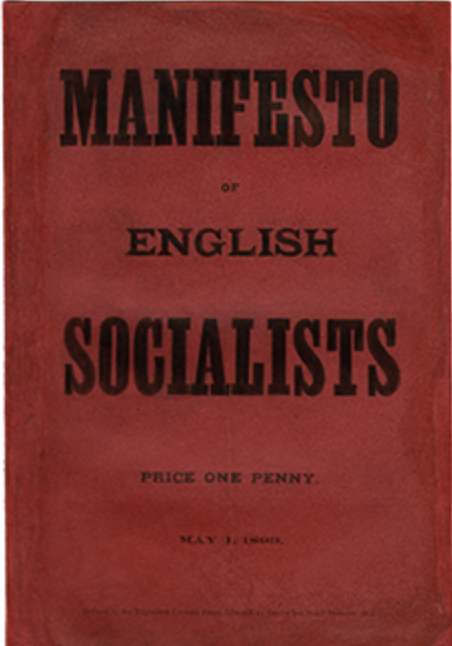William Morris is a name that lives in the DNA of the Arts and Crafts movement for good reason. His textile work, poetry, novels and socialist perspective left a stunning impact on English culture, and continues to inspire artists to this day. But there is far more to William than a man who loved art, he was a man of principle, belief and passion.

Background
Born in 1834 to wealthy parents, he immediately found interest in fiction from his parents’ expansive library. At age four, he could read novels by writers popular at the time with ease. Despite later becoming a socialist, he had the most lavish life a young man could ask for. He had a sprawling mansion, with 50 acres of forest and an included pony. He would study at Exeter College (a constituent college of Oxford University) where he would study and partake in poetry and art, researching other interests such as theology. In order to get a good sense of the scale of this person’s work we will focus on distinct ways he would express himself.
Poetry and Other Writings
(Reference: William Morris Poems > My poetic side)
William had an appreciation for Literature in both academic and creative formats. His poetry was initially unsuccessful, he released a book of poetry called The Defence of Guenevere that fell into obscurity. His poems range from “A Death Song,” to “Love Is Enough,” a monolithic and almost joyus piece made of six poems. His writing feels like this endless well of symbolism and raw emotion, and really helps paint a picture of how sensitive, expressive and thoughtful of a man he was. He would later return to poetry with books after his rise to design fame, and would receive much more praise.

(Reference: As Socialist | William Morris (umd.edu )
His academic books on the other hand are not sensitive, they are biting socialist critiques and thoughts. He was known for collaborating with famed Communist Karl Marx’ own daughter to create the Socialist League in 1884, which would later succumb due to ideological differences. His books such as “How I became a Socialist’ were brave even by today’s standards. Even his poetry wasn’t free from this message either, “A Death Song” was actually written in memory of Alfred Linnell, a colleague who was trampled to death by police horses during a protest in 1887. He hated the oppression that came from an unregulated capitalist society that still oppresses workers to this very day.

Art and Textile

William is best remembered for his textile art for wallpapers, furniture and clothing. It’s easy to see why, much like his poetry, they are expansive and passionate displays of artistic vision, turning simple leaves and trees into cascading pieces that draw the eyes in through unconventional patterns. They have a strong use of symmetry and balance, in order to keep the eyes from being overwhelmed by a lot of the detail, this keeps all of his work very pleasing to look at.
Through my research I’ve learned to appreciate Morris more as a person. His art always stands out, but his thoughts and views resonate in a way I believe he wouldn’t necessarily have been able to predict.
Sources: https://en.wikipedia.org/wiki/William_Morris (Image 1 and 4) s Socialist | William Morris (umd.edu (Images 2 and 3) William Morris Poems > My poetic side https://www.britannica.com/biography/William-Morris-British-artist-and-author